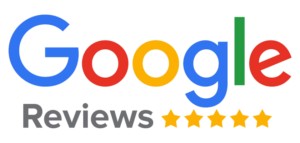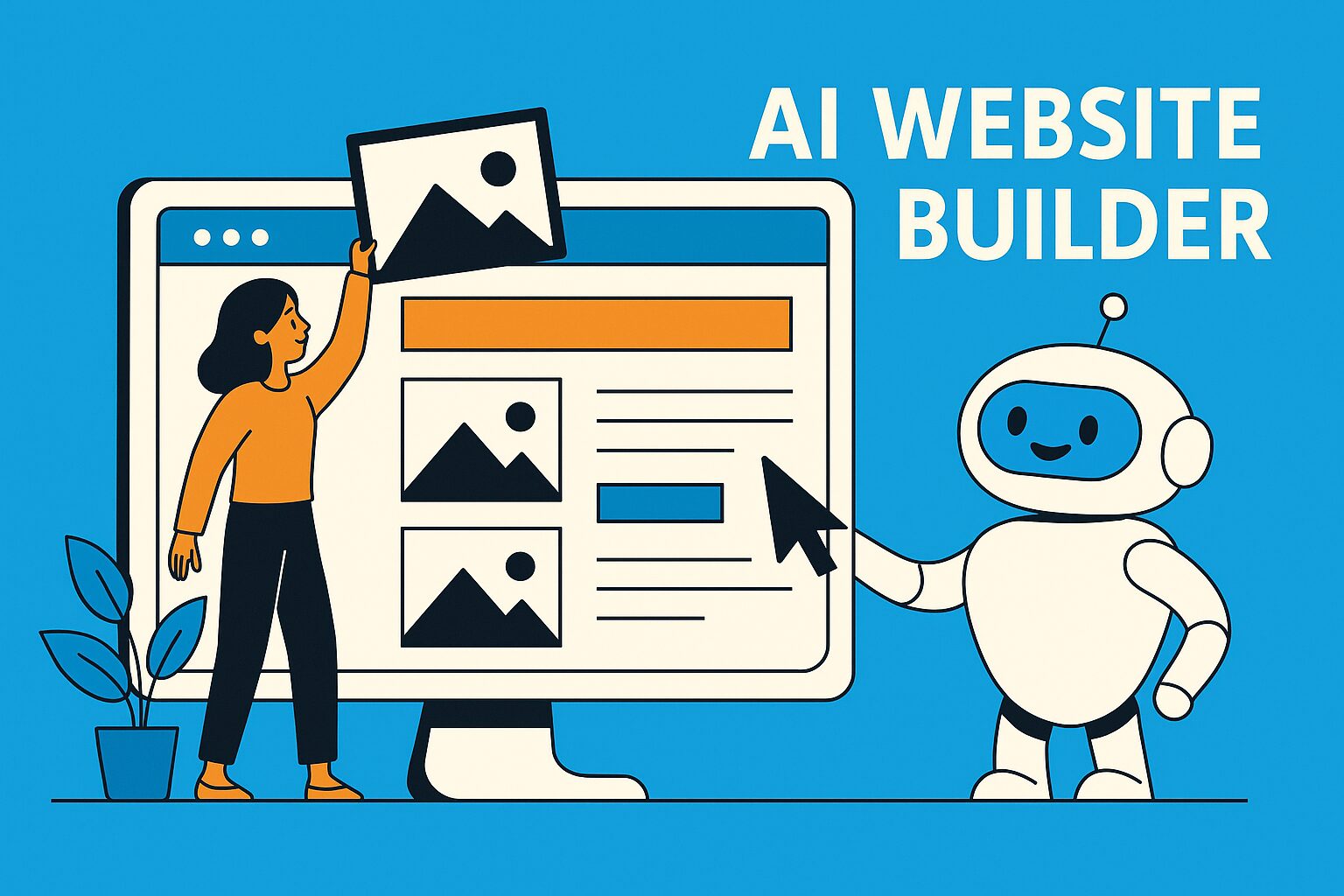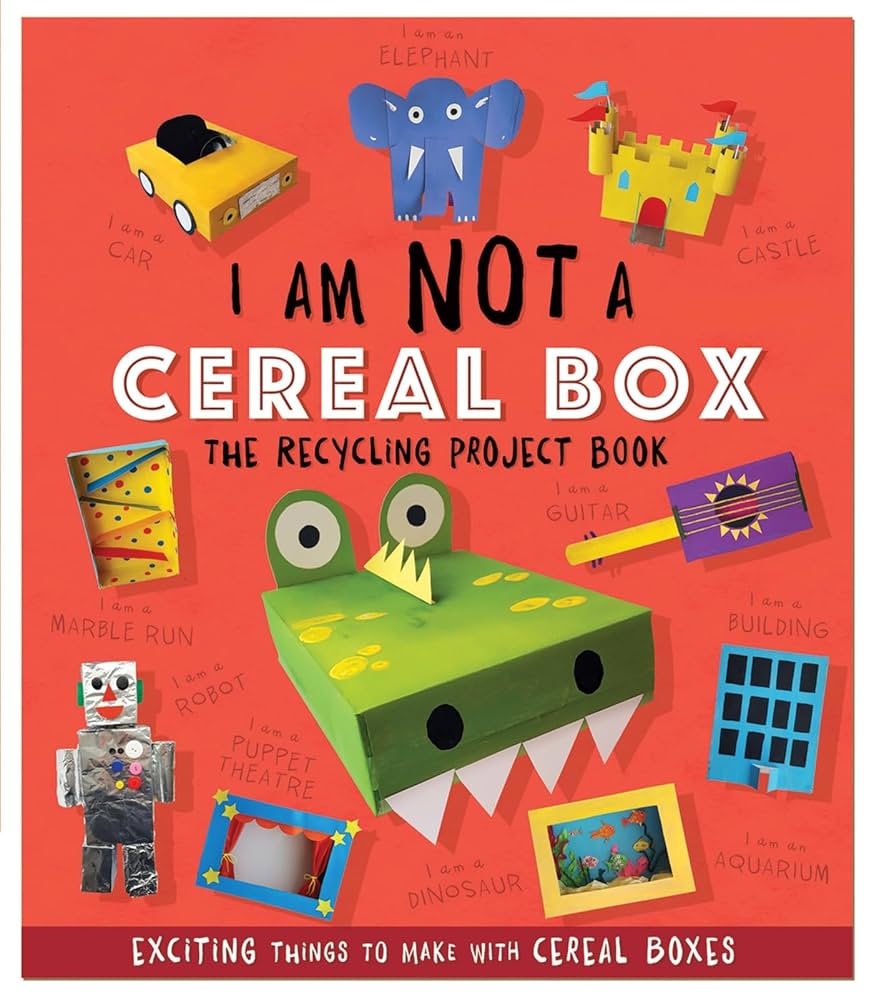Ok, let’s think about this logically. Is Google against AI? No—definitely not. Google has invested heavily in AI, as have Microsoft and Meta (just look at all the AI pics on Facebook). Google even puts its AI results at the top of its searches. That said, Google probably doesn’t want to anger people by writing humans out of the equation. It also doesn’t want to lose users by delivering bad results.
It’s a bit weird. It’s not just man against machine (people writing content vs. AI writing content). Both are trying to please a machine—an algorithm. AI is going to understand and deliver nearly perfectly. No matter who writes those search algorithms, they’re then broken down by programs and programmers and ultimately reverse-engineered, which benefits AI content. People, however, have their own unique experiences and input, which is something AI may not be able to match.
However things play out, on the large scale, AI is going to play a big role. Let’s break it down a bit.
Why is ranking high vital?
Right now Google is cramming stuff in before the search results. First an AI response, then Local Professional ads, then regular ads, then a map and then the results. We make sites AI friendly, but there’s only so far that’ll go. You really need to try to be the first organic result.
Why AI Content Can Outrank Human Content
- Speed to Market
- AI lets you produce large volumes of content quickly, meaning you can cover more long-tail keywords and topical clusters before competitors.
- Consistency Across Pages
- Many human-written sites have inconsistent quality or formatting.
- AI content, when well-edited, keeps structure, formatting, and keyword targeting tight.
- SERP Intent Matching
- AI can be guided to mirror the exact format and subtopics that Google is rewarding right now.
- Topical Authority Building
- With AI, you can create an interconnected content hub faster — Google sees this topical depth and rewards it.
- Competitor Weakness
- A lot of “human-written” SEO articles are outsourced cheaply and are just as bland as bad AI — so good AI + human editing can leapfrog them.
The Flip Side
- AI content without editing, fact-checking, and originality can just as easily tank.
- Sites relying purely on AI filler often get hammered in Helpful Content updates or lose rankings after manual reviews.
Personal Experience
Personally what I’ve seen is that AI content does just fine, if not better, than human content. I’ve seen AI content rise and human content tank after Google’s last update in March. Then again, I’m not sure impressed with Google’s last update. Could I have done a better job than Google? No, probably not, but if you Google “Chiropractor Open Sunday in Los Angles” the first result is a chiropractor who states first and foremost that they are CLOSED Sunday, and then 2-3 results down is one that say’s they are open Sunday and have a page on Sunday bookings.
Back to the topic at hand.
AI Can Fill the Gaps
So, if you’ve done any SEO whatsoever, you know that you can gain an edge by filling in the gaps on the internet by writing about things that.
Google ranks helpful, original, trustworthy content—regardless of whether it’s written by humans or generated with AI. See Google’s guidance on
AI-generated content in Search and creating helpful, reliable, people-first content.
What that means in practice
- Scaled, low-value AI content tends to lose. Google’s March 2024 updates target scaled content abuse, expired domain abuse, and site reputation abuse.
Sources: March 2024 core & spam policy post, Spam policies for Google Search. - Quality threshold rose materially. After rollout completion on April 19, 2024, Google reported users would see
“45% less low-quality, unoriginal content” in results. Source: Official Google update recap. - E-E-A-T signals help. Pages that demonstrate first-hand Experience, Expertise, Authoritativeness, and Trustworthiness perform better over time.
Sources: People-first content guide, E-E-A-T explainer.
How to win with AI
- Add original value. Include first-hand details, data, photos, or examples that only you can provide.
See: People-first content guide. - Be transparent about authorship and sourcing. Clear bylines, credentials, and citations improve trust.
See: People-first content guide. - Avoid spammy scale tactics. Don’t mass-publish thin pages or host third-party “parasite” content for ranking gains.
See: March 2024 policies overview, Spam policies. - Nail technical basics so Google can understand you.
Start with the SEO Starter Guide,
ensure good internal linking (link best practices),
and add structured data where appropriate.
What Problems Can You Run Into When Using AI Content (Both Now and in the Future)
Potential Future Risks for Ranking (AI vs. Human Content)
Google doesn’t rank content by who wrote it (AI or human); it ranks by usefulness and trust. But there are very real medium-to-long-term risks you should plan for.
1) Mass-production & “scaled content abuse” gets tougher to hide
- Google has formal policies against large-scale, low-value publishing (including AI at scale) and has been tightening enforcement. Policy overview | Spam policies | Enforcement notes
- Expect more site-level actions and deeper de-duplication that buries templated or repetitive content.
2) Core update volatility & shifting quality thresholds
- Google has folded “helpful content” concepts into core ranking systems and continues to iterate. Announcement
- Google claims post-update results show “45% less low-quality, unoriginal content,” raising the bar on thin pages. Update recap
3) AI Overviews / “zero-click” pressure on organic
- As Google answers more queries on the SERP, some categories may see fewer clicks. Independent analyses and publisher reports suggest declines in certain niches, while Google says overall clicks are “relatively stable.” TechCrunch | The Verge | Google on AI Overviews
- Plan for more result types that summarize answers and surface fewer traditional blue links.
4) Index selection & semantic de-dup
- Google will pick a single canonical among near-duplicates across your site (or across sites). Look-alike AI content increases the odds your page isn’t the one chosen. Canonical guidance | Search Console canonical FAQ
5) Provenance & labeling (C2PA, EU AI Act) change trust signals
- Google and others are moving toward Content Credentials (C2PA) to show how images were created/edited; adoption could become a trust/UX expectation for brands. Google on C2PA | C2PA standard
- The EU AI Act introduces transparency obligations for AI-generated content that may affect how you disclose and label media. Article 50
6) Reputation & third-party content liabilities
- Hosting low-quality third-party/sponsored content (“parasite SEO”) risks manual actions and sustained demotions. Policy
7) Homogenization & “AI-trained-on-AI” effects
- As more of the web is AI-written, content can converge, reducing differentiation (and thus ranking potential). Research also flags risks when models train on synthetic data. Nature: model collapse
8) Regulatory & platform enforcement around reviews and claims
- Expect stricter actions on fake/AI-generated reviews and deceptive AI claims—issues that can spill into Search via manual actions or reputation signals. FTC actions (Reuters summary) | FTC endorsements & reviews
How to counteract any possible negative consequences (hedges that age well)
- Lead with original signals: first-party data, case studies, photos, video, quotes, and unique methods—things AI can’t easily synthesize.
- Publish fewer, better: avoid scaled templates; consolidate thin pages; map topics to user intent depth.
- Clarify authorship & expertise: bylines, credentials, sources, and editorial standards pages.
- Own more distribution: email, YouTube, podcasts, communities—so you’re less exposed to SERP volatility.
- Engineer distinctiveness: style guides, opinionated takes, and productized frameworks that create semantic distance from generic outputs.
- Technical hygiene: internal links, crawl budget focus, canonicalization, structured data, and performance tuning per Google’s SEO Starter Guide.
- Provenance where it helps: add C2PA “Content Credentials” to high-stakes media; be transparent when AI assists.
Why Hybrid Content Could Win
- Speed + quality: AI accelerates research, clustering, and first drafts; humans add strategy, voice, and judgment.
- Credibility (E-E-A-T): People contribute firsthand experience, proof, and brand stance; AI surfaces sources and gaps.
- Lower risk: Human fact-checking, compliance, and tone review prevent errors that harm trust and rankings.
- Cost control: Automate commodity work (briefs, FAQs, meta, alt text); invest humans where persuasion and nuance matter.
- Consistency at scale: AI enforces structure and templates; editors tailor messaging to audience and channel.
Hybrid content blends AI’s throughput with human credibility and context. Let AI handle high-volume tasks—topic discovery, clustering, outline creation, competitive gap scans, and draft scaffolding—so your team covers more ground without ballooning costs. Humans then own the high-leverage layers: picking angles, prioritizing topics, and shaping a voice that actually sounds like your brand. This division of labor gives you the best of both worlds: AI gets you from zero to a usable draft quickly; editors turn that into something people trust and search engines reward.
Quality and trust are where humans pay for themselves. Editors and subject-matter experts add firsthand experience, real examples, and data that satisfy E-E-A-T signals. They verify claims, remove weak or unsourced statements, and ensure the content speaks to real user intent—not just keywords. Guardrails make this repeatable: start with a tight brief (audience, intent, angle, must-include facts, CTA), require a source list for every claim, and run a brand-voice checklist (reading level, phrases to use/avoid, empathy rules).
Operationally, a simple workflow keeps output safe and search-ready: brief → AI outline → SME notes → AI draft → human edit and fact-check → SEO/accessibility polish (schema, internal links, headings/alt text) → compliance review → publish. AI also helps after launch by flagging pages that are stale or slipping in rank; humans decide what to change and why. Track a few KPIs to prove ROI and guide iteration: time-to-first-draft, cost per page, error rate, readability/accessibility scores, and impact metrics like rankings, backlinks, assisted conversions, and time on page.
Finally, hybrid scales without sacrificing judgment. Use AI to enforce consistent structure across large portfolios—intros, CTAs, FAQs, and schema—while editors tailor messaging for local context, buyer stage, and channel. Reserve human time for the parts that move the needle: headlines and hooks, offers, legal/compliance-sensitive sections, and original assets (photos, quotes, charts). The outcome is a content engine that’s faster, cheaper, and safer—without sounding generic or losing trust.




